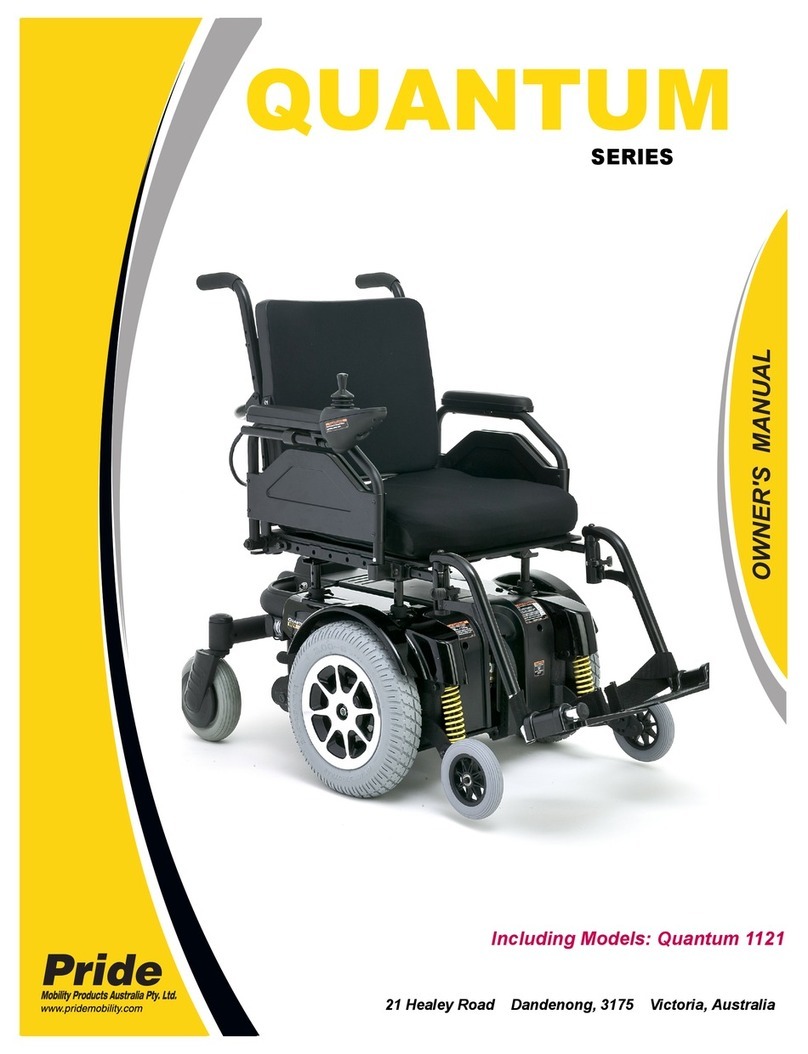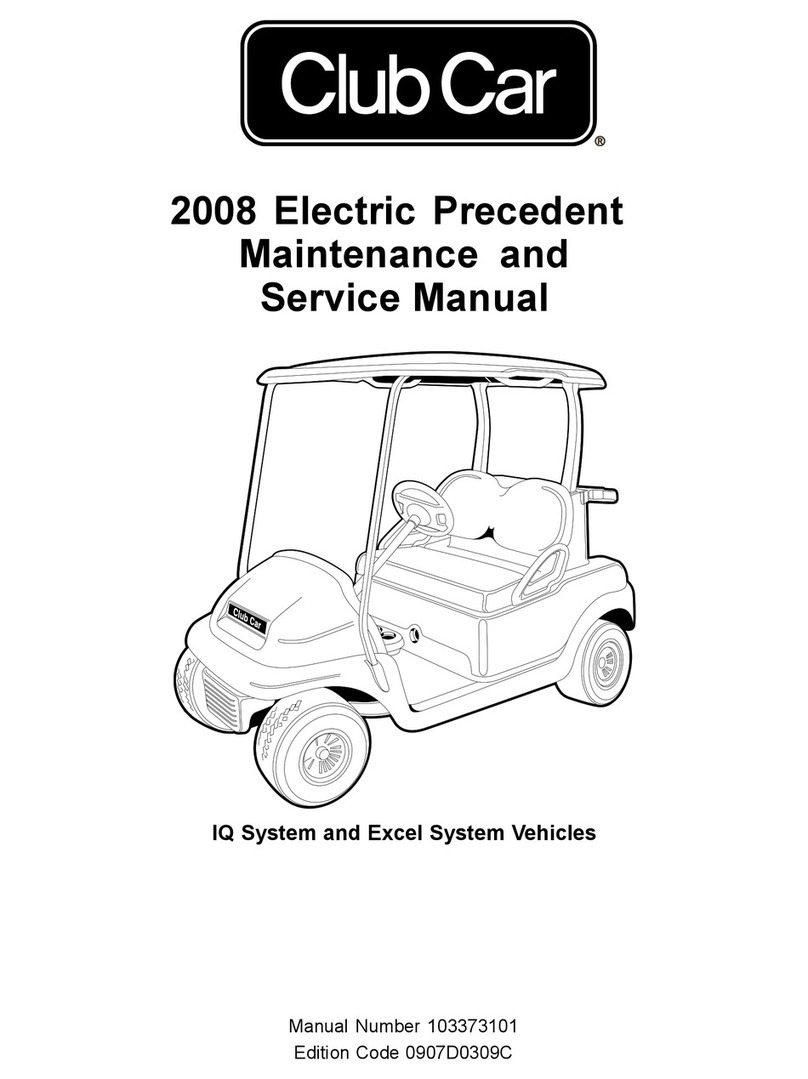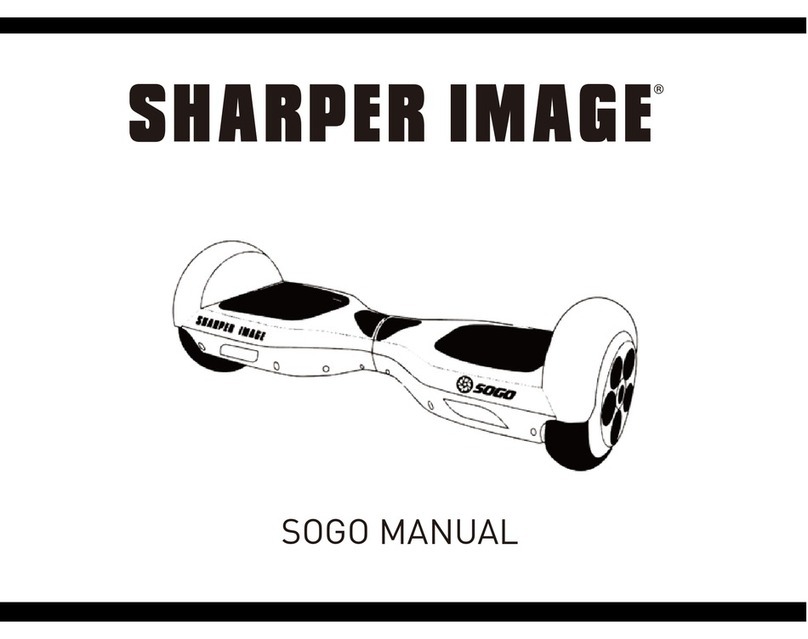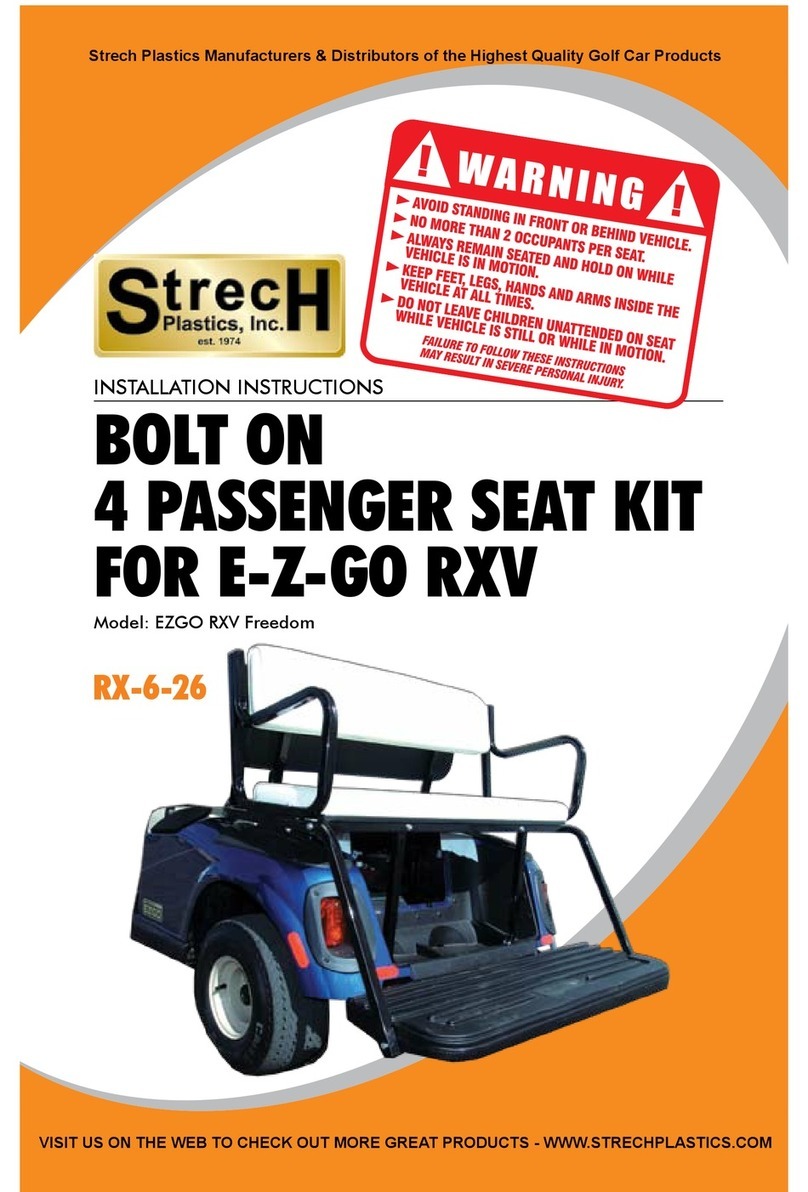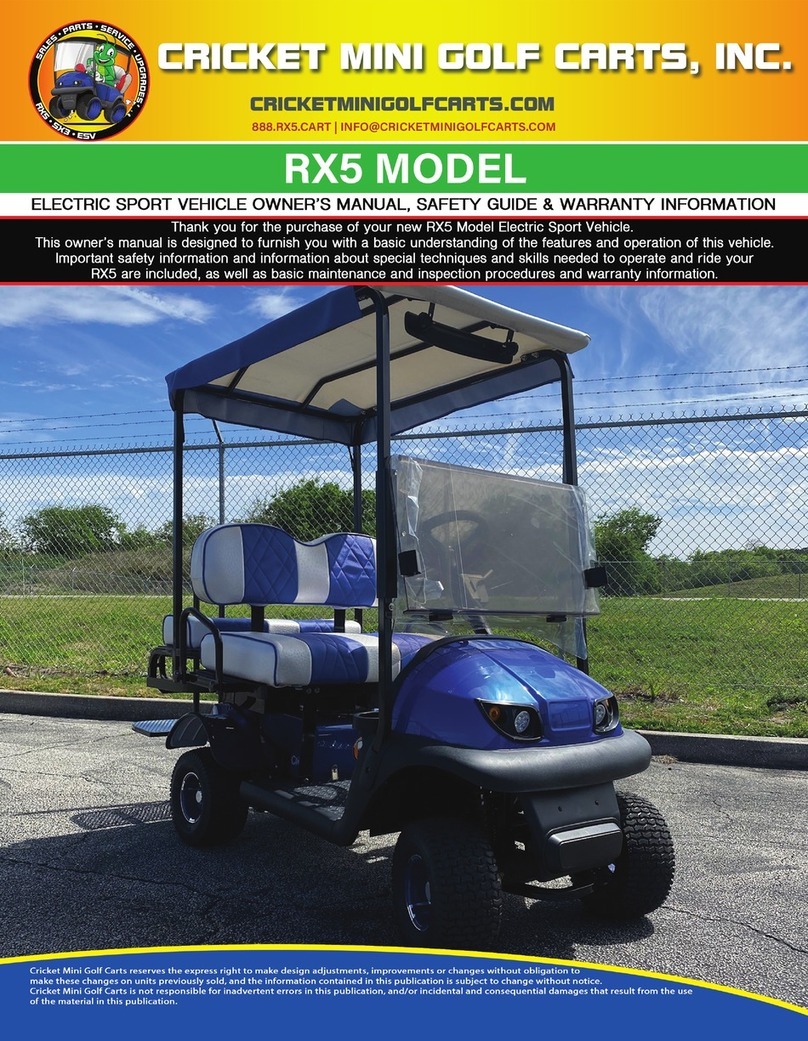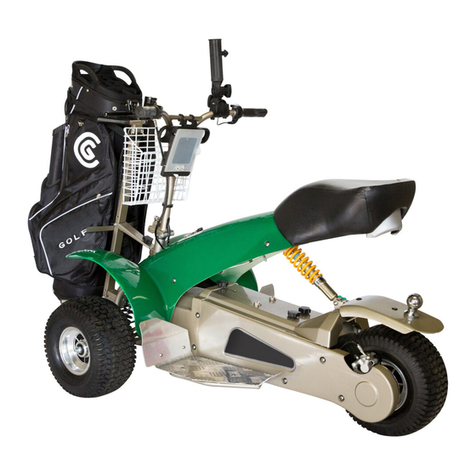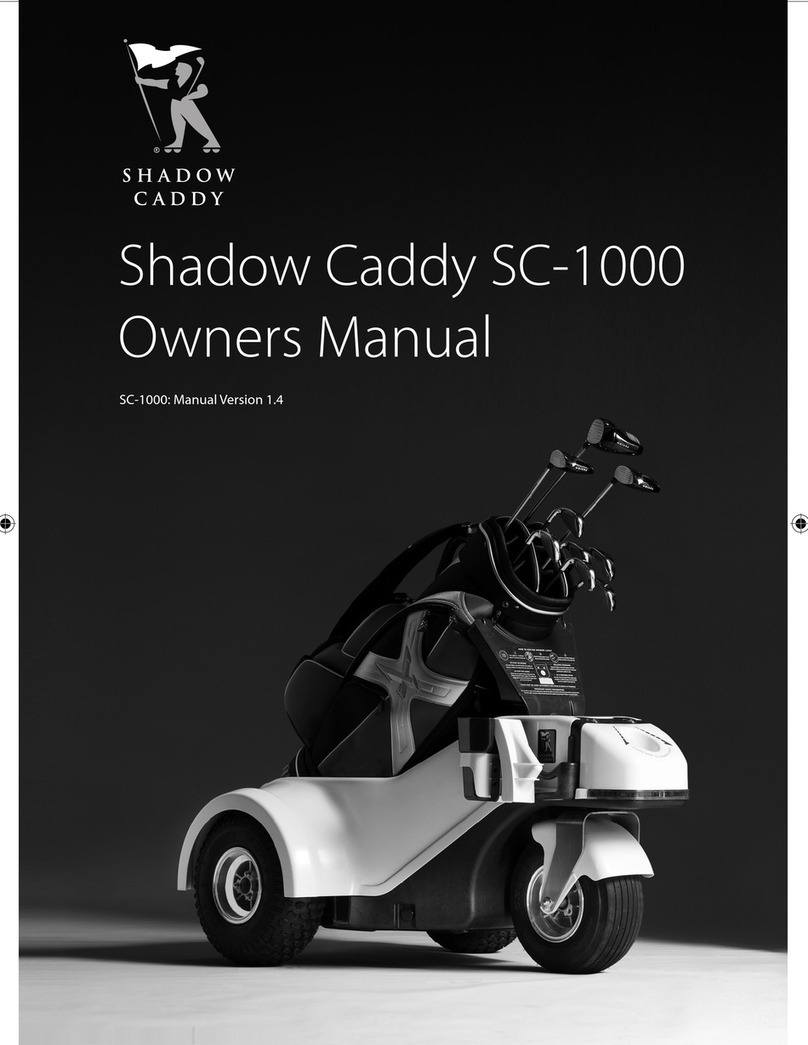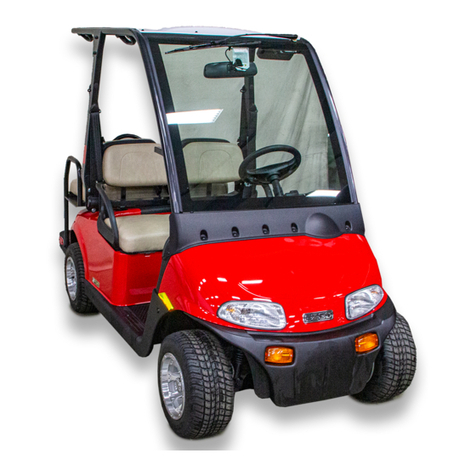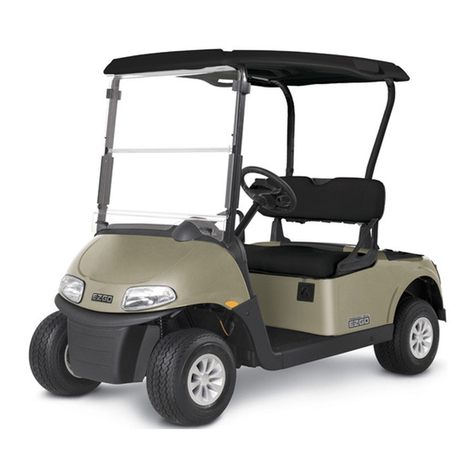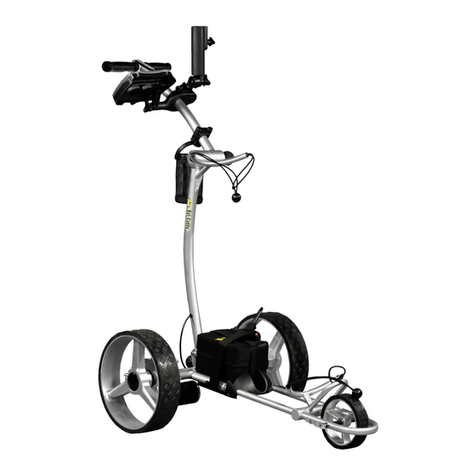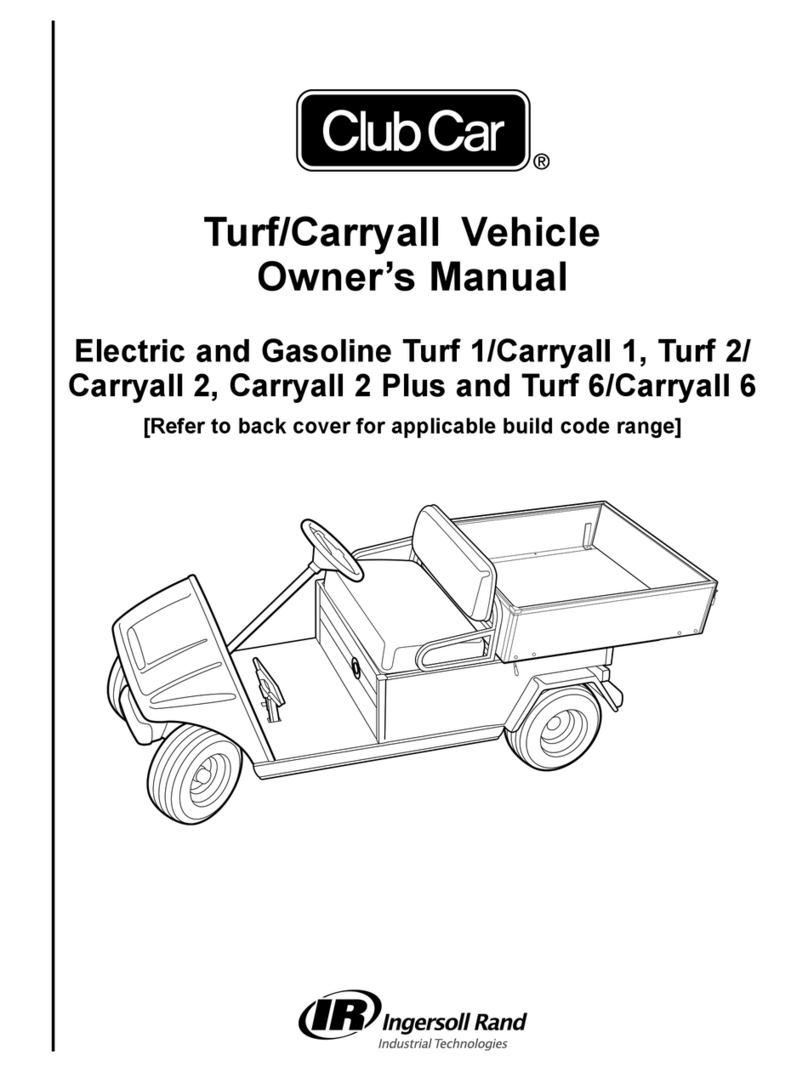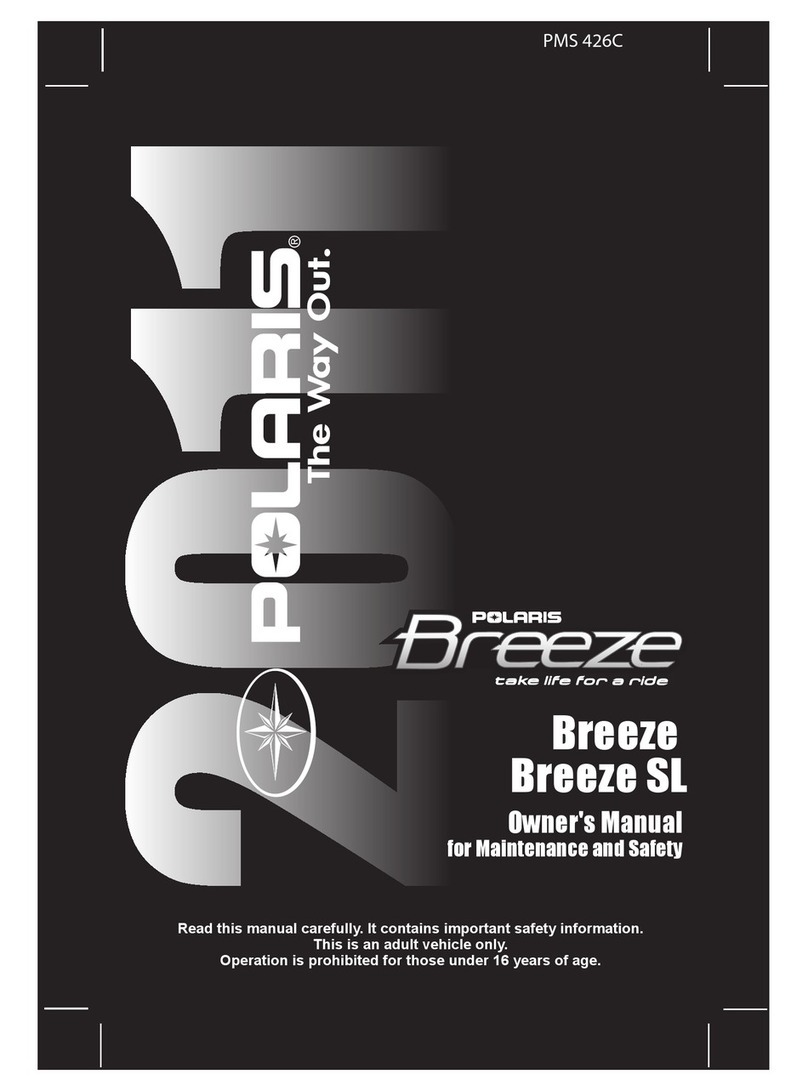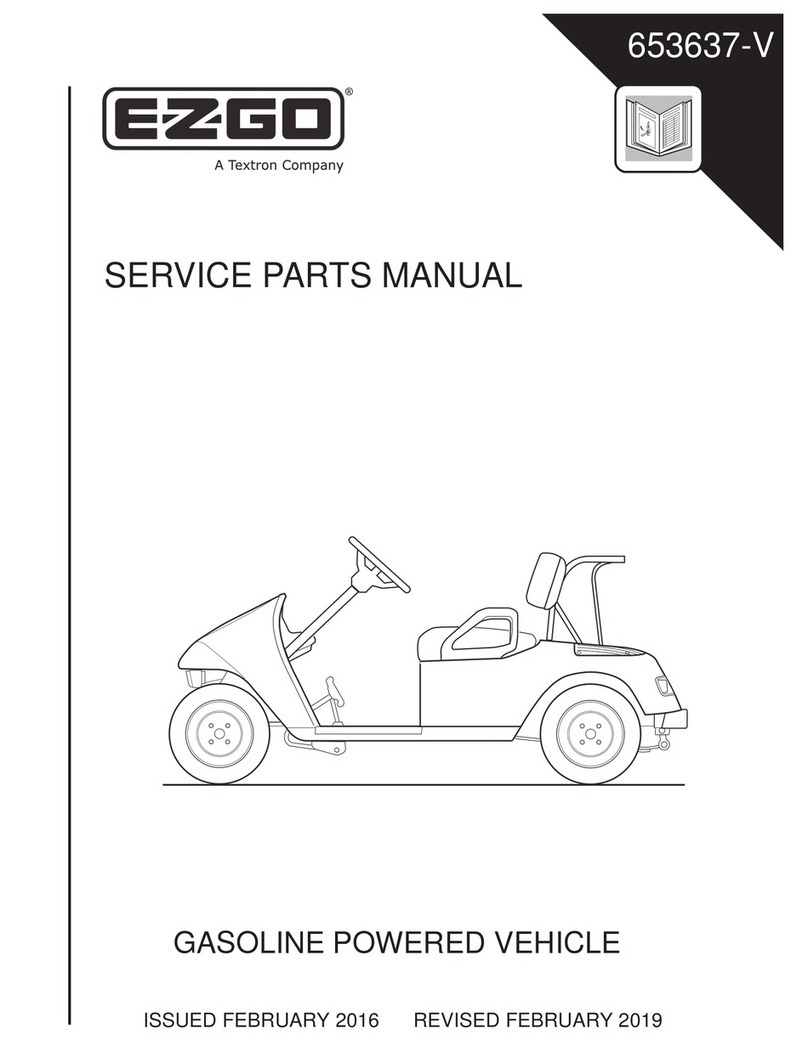3| Quick Reference
Cautions
• If you are standing a bit to the side when
you press the follow button, the caddy
will swing to face you. That is normal. If
you do not have clubs on the caddy, this
movement may be sharper than when you
have the extra weight of a golf bag.
• If you walk o at an acute angle, the caddy
may not follow.
• You’ll be tempted to turn and check the
caddy is following. That is ne, but be
aware that as you turn you move your hips,
moving the transmitter forward from the
caddy and slightly to the side, so the caddy
will react.
• Similarly, when you stop and turn to face
the caddy, you move the transmitter
further from the caddy, which causes it to
accelerate briey. Don’t be alarmed - it will
stop. Turning slowly minimises this eect.
• Walk condently! The caddy operates
best at normal walking speed. “Tip-
toeing”it through conned spaces is not
recommended. Use the manual reverse
control for conned spaces.
• Shadow Caddy is susceptible to
interference when close to metal bridges,
fences (and cars). If your golf course has
bridges with metal content, this can, in
some cases, reect the radio signal and
confuse the caddy causing it to collide
with the bridge. We therefore strongly
recommend using manual controls near
metallic objects.
• During boot-up, the caddy releases its
brakes. Therefore, do not boot it up on a
slope.
• Switch the caddy out of follow mode
BEFORE switching o the transmitter.
Otherwise the caddy will move forward
about 50cm as the transmitter signal
decays.
• Do not over-ll the sand buckets or sand
can nd its way into the key switch and
interfere with its operation.
• The caddy is quite good at traversing hills,
however it is possible to make it“lose“ you
if crossing a steep slope diagonally. If this
happens it may run for a meter or two
before stopping. It is better to go straight
up and down hills if possible.


